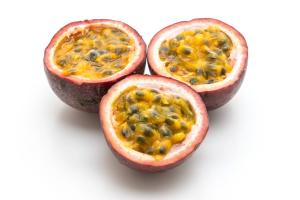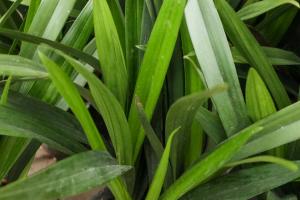How to Start Planting Vegetables in Pots
Planting vegetables in pots is a great way to enjoy fresh produce even in small spaces. With the right supplies and some basic gardening knowledge, you can easily start your own mini garden on a balcony, rooftop, or even inside your home. Here are some tips and steps to get you started:
Choose the Right Containers
The first step in planting vegetables in pots is to choose the right container. Choose a container that is large enough for your vegetable of choice and has drainage holes at the bottom. Terra cotta pots, plastic containers, and wooden boxes are all great options.
Make sure to clean your containers thoroughly before planting, especially if they have been used before. Scrub away any dirt or debris with soap and water, then rinse well before allowing them to dry completely.
Pick the Right Soil and Fertilizer
The type of soil you use can make a big difference in the success of your potted vegetable garden. Choose a potting mix that is specifically designed for container gardening, as it will be lighter and fluffier than regular garden soil. This will help to promote good drainage and aeration, which is key for healthy plant growth.
Adding a slow-release fertilizer to your potting mix is also important for providing your plants with the nutrients they need. Look for a fertilizer that is high in nitrogen, phosphorus, and potassium, which are known to aid in plant growth and development.
Select Your Vegetable Varieties
Not all vegetables are suited for container gardening. Some varieties may require a lot of space, while others may not do well in the limited soil of a container. When selecting your vegetable varieties, make sure to choose plants that are well-suited for container gardening. Some great options include tomatoes, peppers, lettuce, radishes, and herbs.
When planning your garden, consider the amount of sunlight your plants will need. Choose a location that gets at least 6-8 hours of direct sunlight each day for optimum growth.
Plant Your Seeds or Seedlings
Once you have your containers, soil, fertilizer, and vegetable varieties, it's time to plant your seeds or seedlings. Follow the instructions on your seed packet or transplant label for the best results.
Place your seeds or seedlings in the center of the container, making sure to space them adequately based on their mature size. Cover with potting mix and gently pat down to remove any air pockets.
Water your plants immediately after planting, and continue to water them regularly to keep the soil moist but not soggy. Avoid overwatering, as this can lead to root rot and other issues.
Care for Your Plants
Caring for your potted vegetable garden is key to its success. Make sure to maintain consistent watering, fertilization, and pest control throughout the growing season.
Regularly check your plants for signs of pest damage or disease, and take action immediately if you notice any issues. Pruning your plants as needed can also help to promote healthy growth and optimal yield.
With some time and effort, you can enjoy a thriving vegetable garden right on your balcony or patio. Happy planting!

 how many times do yo...
how many times do yo... how many planted tre...
how many planted tre... how many pine trees ...
how many pine trees ... how many pecan trees...
how many pecan trees... how many plants comp...
how many plants comp... how many plants can ...
how many plants can ... how many plants and ...
how many plants and ... how many pepper plan...
how many pepper plan...































